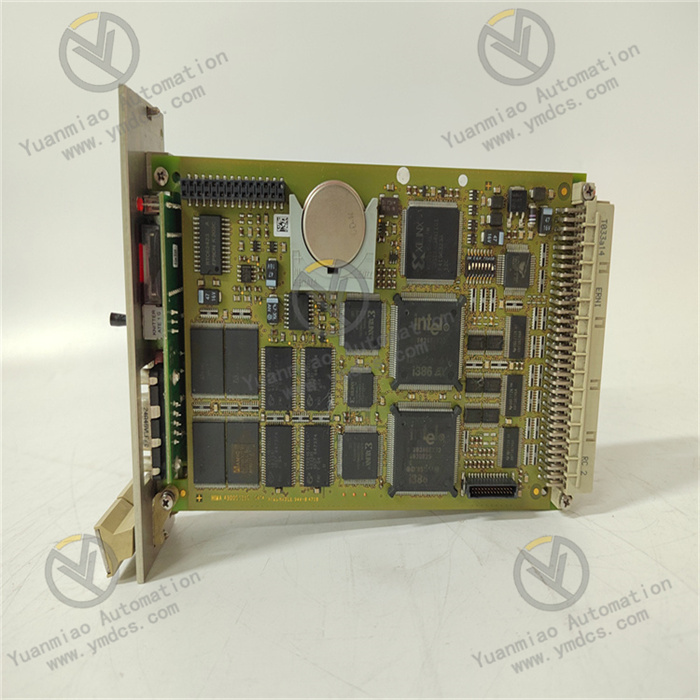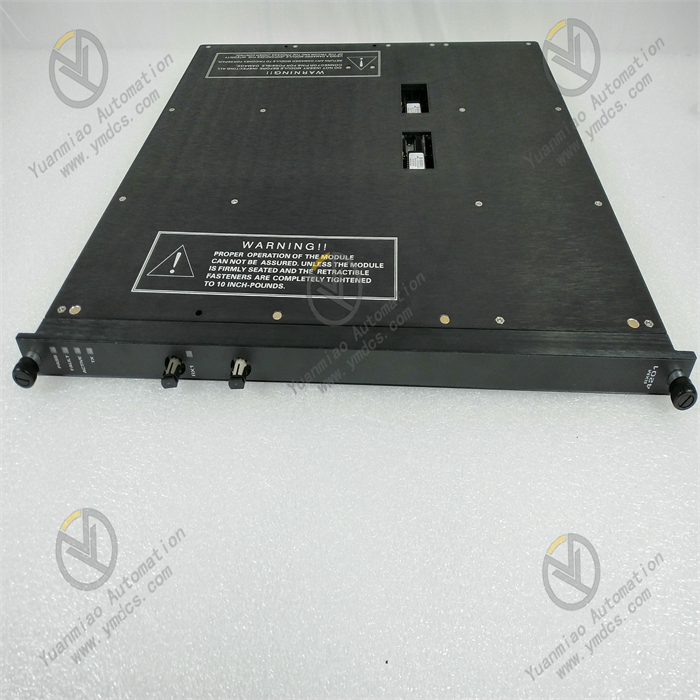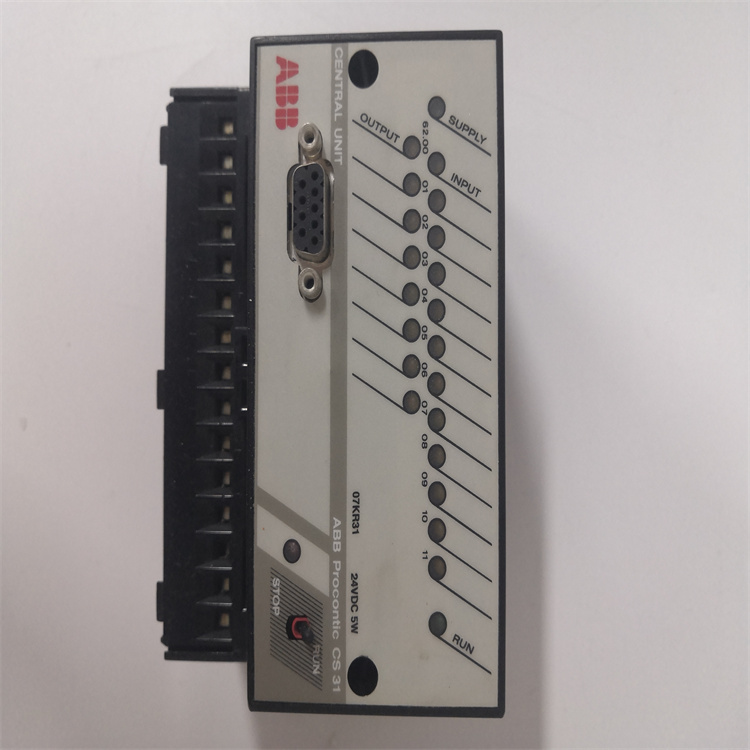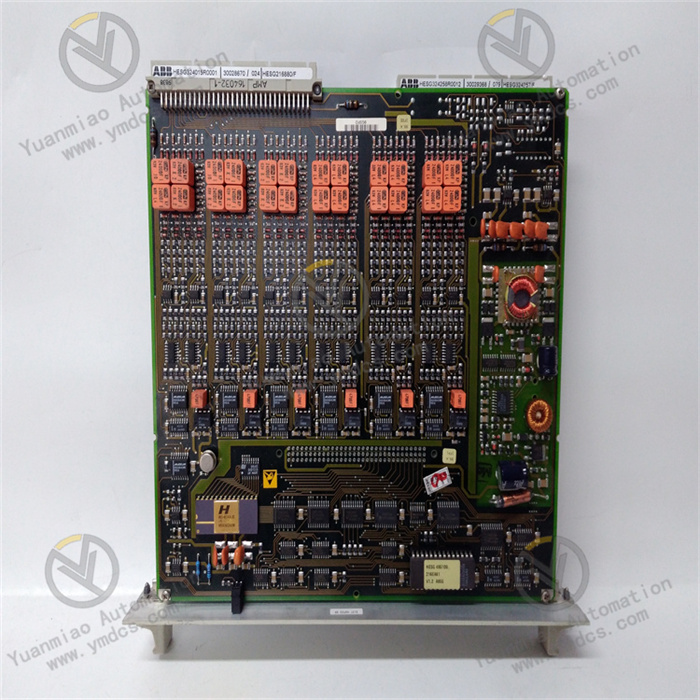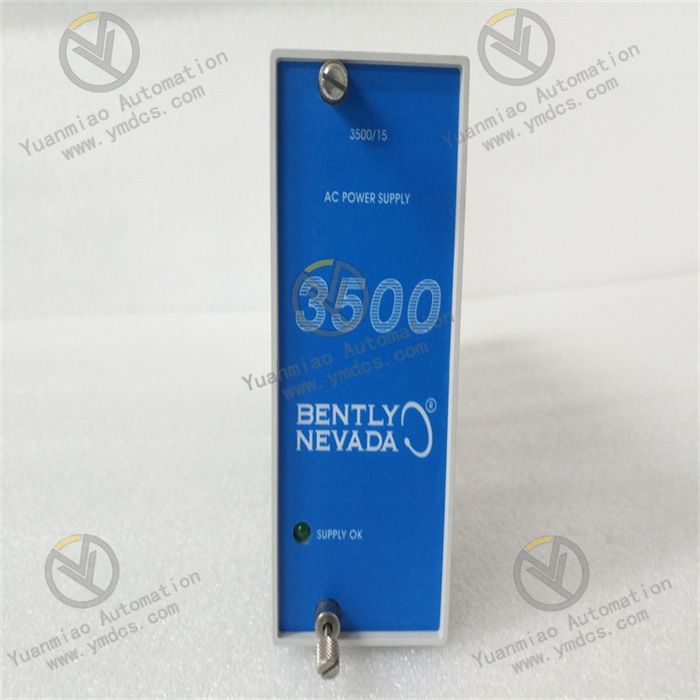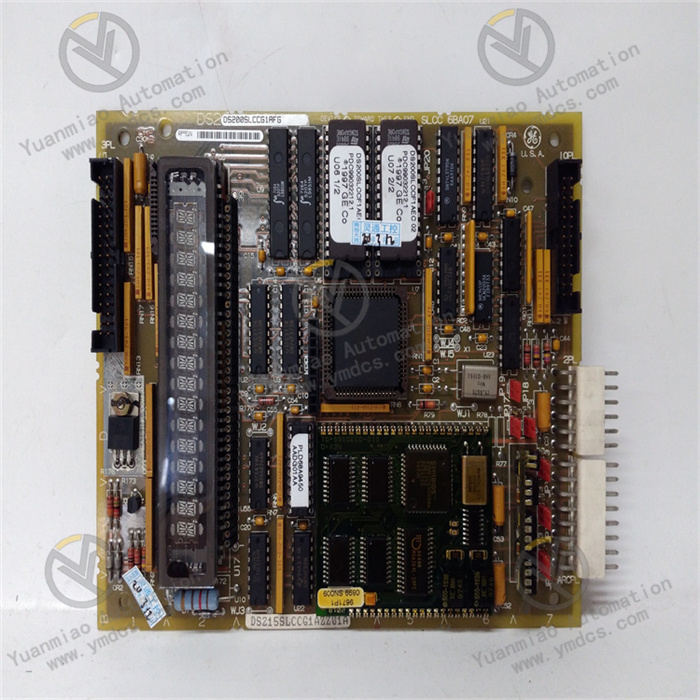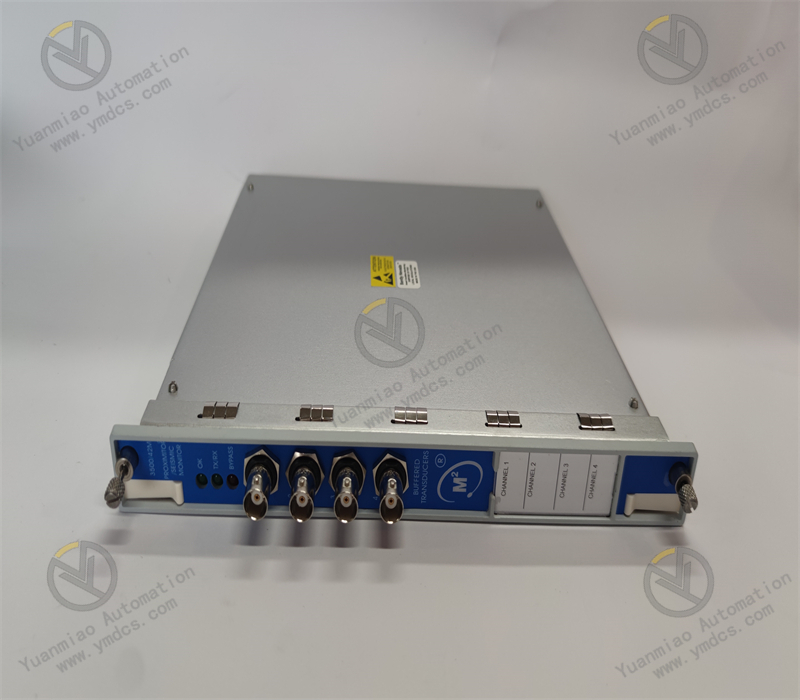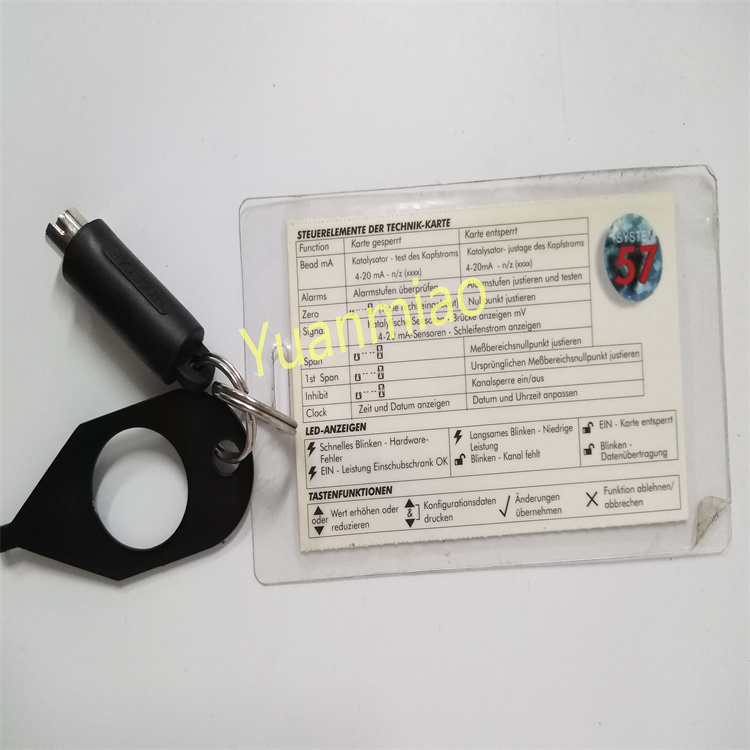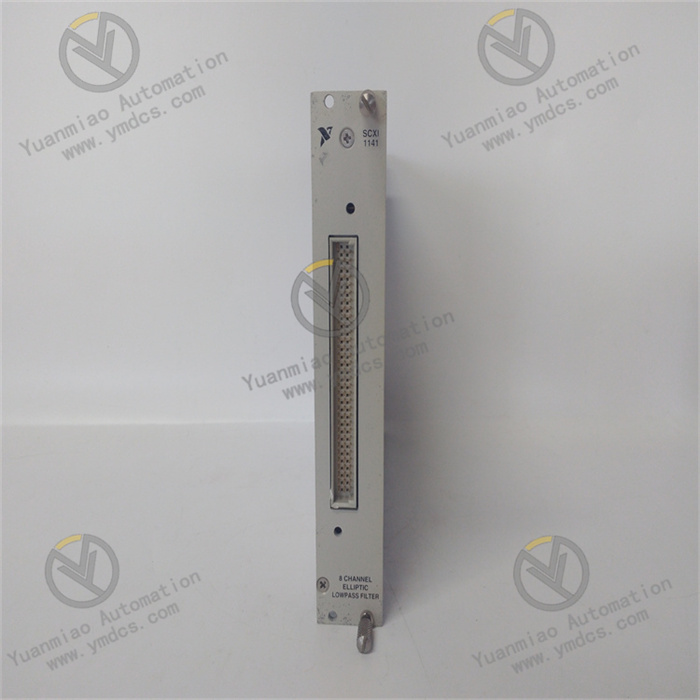Description
GE HYDRAN H201Ci-1
I. Product Overview
II. Functional Features
High-precision gas detection: Adopting advanced sensor technology and signal processing algorithms, it has extremely high gas detection accuracy. It can accurately measure low-concentration gas content, displaying gas concentration in units of ppm (parts per million) or even lower, ensuring that even extremely small changes in gas components can be promptly captured, providing a reliable data basis for the health assessment of power equipment.
Analog and alarm output functions: It has diverse types of output signals, including analog outputs (common standard signals such as 0-1mA, 4-20mA, 0-1V, 0-10V, etc.), facilitating seamless integration with other control systems or monitoring equipment to realize remote transmission and sharing of data. At the same time, it is equipped with a complete alarm output function, with multiple alarm contacts such as high gas level, high-high gas level, and system fault. Once it detects that the gas concentration exceeds the preset safety threshold or the system itself has a fault, it can quickly trigger the alarm mechanism, promptly notify operation and maintenance personnel through methods such as sound and light alarms and outputting alarm signals, facilitating the rapid adoption of response measures to ensure the safe operation of equipment.
Communication and network integration capabilities: It supports RS-232 and RS-485 communication interfaces. Among them, the RS-232 interface can be used to connect to a computer or an optional modem, realizing short-distance data transmission and configuration operations between the device and the upper computer, which is convenient for technicians to carry out equipment debugging, parameter setting, and data reading and analysis. The RS-485 interface can be used to connect other H201Ci controllers, building a distributed monitoring network to achieve centralized management and unified monitoring of multiple monitoring points, meeting the monitoring needs of large-scale power facilities or industrial sites, and improving the overall efficiency and reliability of the monitoring system.
Intuitive display and operation interface: A light-emitting diode (LED) digital display screen is installed on the front door of the device, which clearly and intuitively displays the currently monitored gas content value in real-time, in ppm, making it easy for on-site staff to check the operating status of the device at any time. In addition, it may also be equipped with a membrane keyboard and a liquid crystal display (LCD). Through a simple and easy-to-understand menu operation interface, operators can easily complete operations such as device parameter setting, function switching, and historical data query locally without connecting to complex computer equipment, greatly improving the convenience of use and maintenance efficiency of the device.
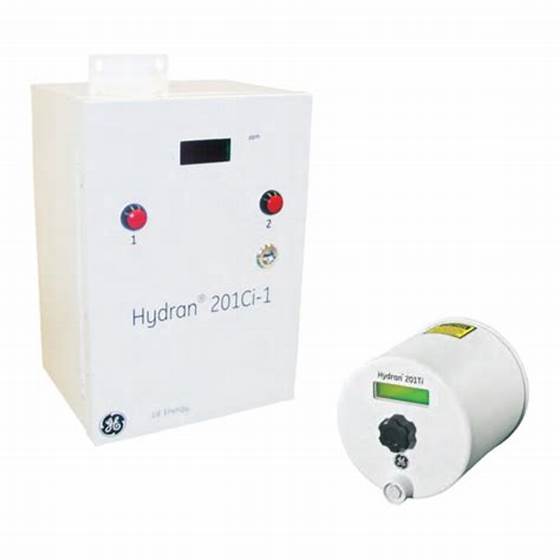
III. Technical Parameters
Power input: Usually adapted to common industrial AC power supplies, such as AC 220V, 50/60Hz, to meet a wide range of power access needs. The power supply design has good stability and anti-interference ability, ensuring that the device can operate stably in complex electromagnetic environments without being affected by power fluctuations.
Analog output range: The analog output signals cover a variety of standard ranges. For example, 0-1mA is used to transmit high-precision signals with small range changes; 4-20mA, as a commonly used analog signal standard in the industrial field, can be transmitted over long distances and has strong anti-interference ability; 0-1V and 0-10V outputs are suitable for some receiving equipment sensitive to voltage signals, facilitating compatibility with different types of control systems or monitoring instruments.
Alarm contact capacity: The alarm output contacts have a certain load capacity, for example, they can withstand currents of AC 250V/5A or DC 30V/2A, and can directly drive external alarm devices (such as sound and light alarms, relays, etc.), ensuring that alarm signals can be reliably transmitted and trigger corresponding warning actions.
Gas detection parameters:
Types of detected gases: Mainly targeting common fault characteristic gases in transformer oil, including but not limited to hydrogen (the detection range may be 0-1000ppm or even higher, depending on sensor sensitivity and application scenarios), methane (0-500ppm), ethylene (0-200ppm), carbon monoxide (0-1000ppm), etc. The detection accuracy of different gases can reach ±1ppm or higher, which can accurately reflect subtle changes in gas concentration.
Types of detected gases: Mainly targeting common fault characteristic gases in transformer oil, including but not limited to hydrogen (the detection range may be 0-1000ppm or even higher, depending on sensor sensitivity and application scenarios), methane (0-500ppm), ethylene (0-200ppm), carbon monoxide (0-1000ppm), etc. The detection accuracy of different gases can reach ±1ppm or higher, which can accurately reflect subtle changes in gas concentration.
Response time: It has a fast gas detection response speed. The time from detecting a change in gas concentration to outputting the corresponding signal is extremely short, generally ranging from a few seconds to tens of seconds (for example, the response time for hydrogen detection may be less than 10 seconds), ensuring that abnormal changes in the operating status of the equipment can be promptly captured, buying valuable time for fault early warning.
Environmental parameters:
Operating temperature: Considering its application in different environments, the operating temperature range is relatively wide, possibly -20℃ to 60℃. It can work normally and stably in places such as cold outdoor substations and high-temperature indoor distribution rooms, without being affected by large temperature fluctuations.
Operating temperature: Considering its application in different environments, the operating temperature range is relatively wide, possibly -20℃ to 60℃. It can work normally and stably in places such as cold outdoor substations and high-temperature indoor distribution rooms, without being affected by large temperature fluctuations.
Relative humidity: It can adapt to a relative humidity environment of 5%-95% (non-condensing), and can effectively prevent internal circuits from short circuits, corrosion, and other problems caused by water vapor condensation in humid industrial environments (such as power stations near water sources, chemical workshops with high humidity, etc.), ensuring long-term stable operation of the device.
Anti-electromagnetic interference performance: It meets the anti-electromagnetic interference requirements of relevant industrial standards and can effectively resist interference from the surrounding complex electromagnetic environment, such as strong electromagnetic field interference generated by high-voltage equipment in substations. The device can still work normally under the electromagnetic interference test conditions specified in the IEC 61000 series standards, ensuring the accuracy and reliability of gas monitoring data.
IV. Working Principle
Sensor detection and signal conversion stage: The sensor inside H201Ti adopts professional gas sensing technologies (such as electrochemical sensing, infrared absorption sensing, etc., different gases may use sensors with different principles) to analyze the composition and concentration of the gas entering the detection area. The sensor generates corresponding electrical signal changes (such as current and voltage changes) according to the interaction between the gas and the sensitive material. These weak electrical signals are amplified, filtered, and other processed by the signal conditioning circuit inside the sensor to remove noise interference, and then converted into standard signals suitable for transmission (such as analog voltage or current signals), which are transmitted to the H201Ci-1 controller through cables.
Signal processing and analysis stage: After receiving the signal from H201Ti, H201Ci-1 first re-verifies and filters the signal to ensure the accuracy and stability of the data. Then, the built-in microprocessor or digital signal processor (DSP) analyzes and calculates the signal according to the preset algorithm and gas concentration model to obtain the specific composition and concentration value of the currently monitored gas. At the same time, it compares the real-time data with the pre-set alarm threshold to determine whether to trigger the alarm condition.
Display, output, and alarm stage: On the one hand, the processed and analyzed data is displayed in real-time through the LED digital display screen on the front door of the device, making it convenient for on-site personnel to view; on the other hand, according to system requirements, the processed signal is output to other control systems or monitoring equipment through the analog output interface to realize remote transmission and sharing of data. If it is judged that the current gas concentration exceeds the alarm threshold or the system detects a fault in itself, H201Ci-1 immediately triggers the alarm mechanism, drives external alarm devices through the alarm contact output signal such as a sound and light alarm , and may upload the alarm information to the monitoring center through the RS-232 or RS-485 communication interface to notify operation and maintenance personnel for timely handling.


